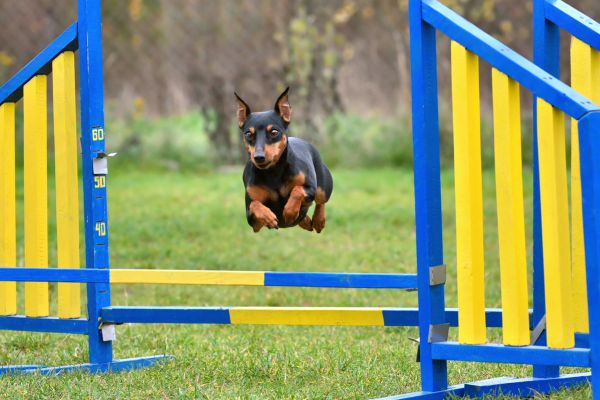Dogs, often referred to as a man’s best friend, are as diverse as their human counterparts. Just like us, they have unique personalities, quirks, and learning styles. This diversity is what makes the selection of dog training courses in Scotland both exciting and crucial. From obedience classes to agility training, understanding the plethora of options available can help you find the perfect match for your furry friend.
Understanding Your Dog’s Needs
Before diving into the vast world of dog training, it’s essential to assess your pet’s specific needs. Is your dog a boisterous puppy needing to learn basic commands, or an older dog requiring more advanced training? Some dogs might excel in social environments, while others might benefit more from one-on-one sessions. Consider your dog’s age, breed, personality, and past training experiences. This initial step is crucial in determining the most suitable training path.
Additionally, reflect on your goals for your dog’s training. Are you aiming for a well-behaved family pet, or are you interested in specific skills like agility or therapy work? Your objectives will significantly influence the type of course that’s best for your pet.
Types of Training Courses
Once you understand your dog’s needs and your training goals, you can explore the various types of training courses available. Here’s a rundown of some common options:
Puppy Training
Ideal for young dogs, these courses cover the basics of obedience, socialisation, and house training. They provide a foundation that can shape a dog’s behaviour for life.
Obedience Training
These courses focus on teaching basic to advanced commands. They’re suitable for dogs of all ages and can help reinforce good behaviour patterns.
Behavioural Training
For dogs with specific behavioural issues, such as aggression or anxiety, these specialised courses can be highly beneficial. They often involve more personalised attention and strategies.
Agility Training
Perfect for energetic dogs, agility training enhances physical fitness and mental stimulation. It involves teaching your dog to navigate a course of obstacles under your direction.

Advanced Training
For owners interested in more specialised skills like search and rescue, therapy, or competitive obedience, advanced training courses offer in-depth and focused instruction.
Choosing the Right Trainer and Environment
The trainer’s expertise and the training environment are as important as the course content. Look for trainers with credible qualifications and positive reviews. It’s also advisable to observe a class before enrolling your dog. This will give you a sense of the trainer’s methods and the class atmosphere. Remember, the right environment should be safe, supportive, and conducive to learning for both you and your pet.
Consider the class size too. Smaller classes often mean more individual attention, but larger ones can provide valuable socialisation opportunities. The best choice depends on your dog’s temperament and needs.
Engaging in the Training Process
Your involvement in the training process is vital. Consistency and reinforcement at home are key to your dog’s learning. Engaging with the trainer, asking questions, and practising at home will maximise the benefits of the course. Remember, training is an ongoing process, not a one-time event. It requires patience, dedication, and a willingness to learn and grow with your pet.
Selecting the right dog training course is a journey that requires understanding, patience, and a bit of research. By considering your dog’s individual needs and the various options available, you can ensure that the training experience is both enjoyable and beneficial. Here’s to a happy, well-trained canine companion!


